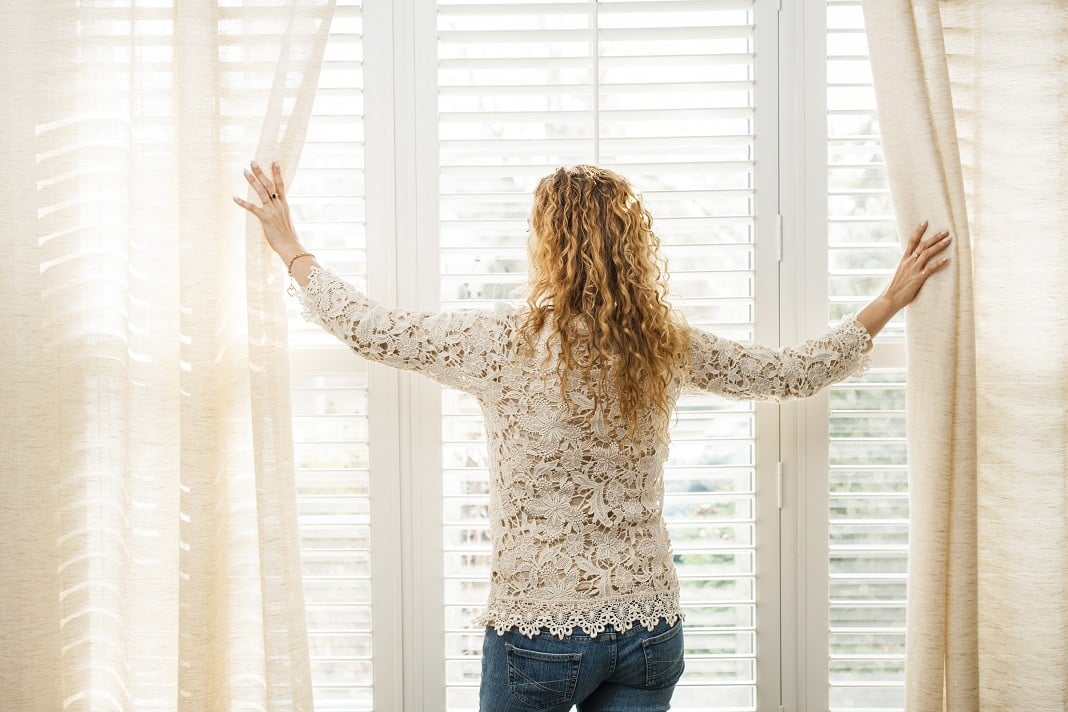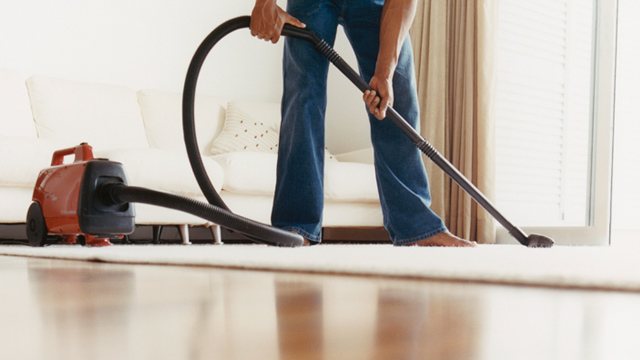Mold is a type of fungi that grows on all types of surfaces, objects, and structures. Mold has a useful role in breaking down and decomposing dead and rotting plants; it isn’t something you particularly want around your house. It can grow practically anywhere that is moist and warm. You can find them on the upholstery of your furniture, on clothing, the fabric of your carpets, on wood, on walls, ceilings, and floors. Their visible black, gray, and green growths destroy the aesthetic appeal of your home.
They also affect the quality of air by filling rooms with a foul smell and cause respiratory diseases and trigger allergies. Don’t allow mold to take over your house. Stop and prevent the growth now with these proven methods.
Prevention
The first step in preventing mold growth is by eliminating the conditions of growth.
1. Eliminate Moisture
Prevent the growth of mold by reducing moisture in the air and eliminating water from surfaces. Reduce moisture in the air by using dehumidifiers in houses that are situated in hot and humid areas. Have a hygrometer handy to measure the humidity of the air. Adjust your dehumidifiers to keep the humidity below 60% at all times to prevent mold growth. Dehumidifiers and hygrometers are readily available at hardware stores.
Other major culprits are leaky water pipes, ceilings, and rooftops. Make sure these are all sealed tight. In addition, make sure any water basins such as your sinks and bathtubs are dry and clean when not in use. When it comes to carpets, use wool carpets and fabric that do not retain moisture. We also suggest not keeping wet clothes in the house. Immediately take washed clothes outside to dry in the sun.
2. Regulate Warmth
Open windows for good ventilation and allow warm air to escape outside. Open doors between rooms to increase circulation in the house. If you want to take it up a notch, switch on your air conditioners to keep the air flow circulating around your home.
3. Lighten up Dark Spaces
Mold growth thrives in dark spaces, and so you should draw up curtains to allow enough sunlight in your rooms. Still, surfaces also favor mold growth, so try to ensure that the sunlight hits your unused bed covers and pillows that lie still all day long.
Stopping Mold Growth
1. Vacuum Wet Materials
Sometimes it’s just not enough to dry the surfaces. Certain materials (such as carpets) absorb the moisture. The purpose of wet vacuuming is to pick up and remove these pockets of moisture to ensure completely dryness. It might seem like overkill, but the cost (from a financial and health point of view) are not worth the risk.
2. Scrub with Water and Detergent
Sometimes you just need to get your hands dirty, and there’s nothing like scrubbing your house. No pain, no gain, right? You should scrub all the moldy surfaces with water and detergent. In your bathrooms, you should use cotton coils dipped in detergent to wipe off the mold. The cotton is smooth and friendly on tiles. As soon as you are done scrubbing, wipe the surfaces clean and keep them dry to discourage further growth.
3. Discard Objects that Have Excess Mold
Sometimes dry cleaning, scrubbing and vacuuming are not enough to remove mold completely. To stop the spreading of mold altogether, the easiest solution might just be to throw it away. We all have things we love, but the last thing you want is it spreading across other things you love. You may need to remove entire wooden ceilings, burn clothes, peel wallpapers, and replace furniture. Put the identified mold infested objects in plastic bags if possible, and have waste disposal services pick them up.
When working with mold, always wear protective equipment such as face masks and rubber gloves. These would reduce contact between you and the mold spores that when inhaled or ingested could cause a variety of illnesses. Most of this is common sense – as long as there are no visible molds, discolorations on the wall or wet surfaces, you will probably be fine.
Mold is tricky and painful to deal with, but just know that the cost of getting a remediation team in can be thousands of dollars (or even tens of thousands depending on the severity and home size), so be proactive. If you do need some help in removing mold, there are various cleaning companies that can help. It is better to have the job done well even if it would be costly than to have it half done and risk the reoccurrence of mold growth.
Featured photo credit: Black mold symptoms via blackmold-symptoms.com














































